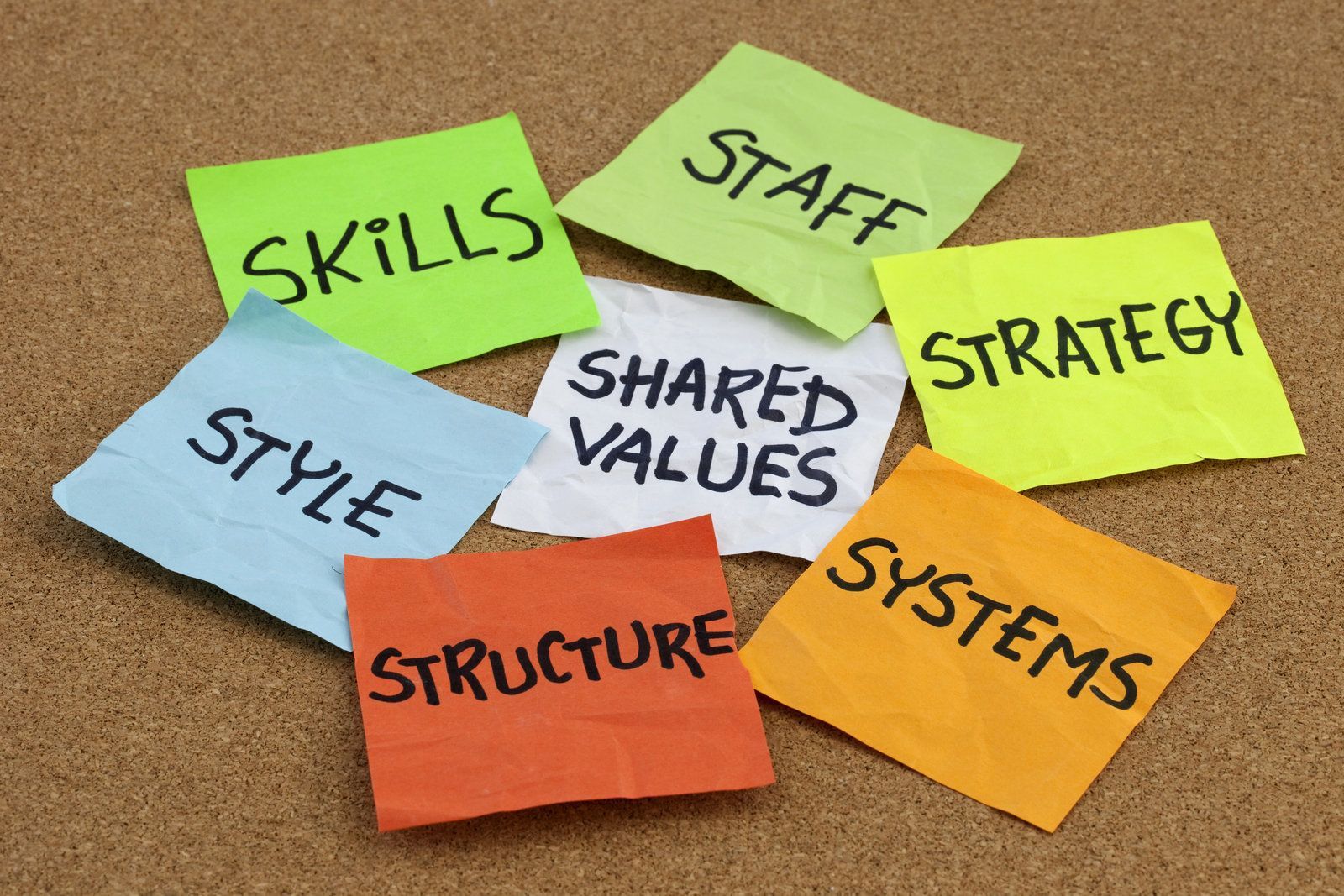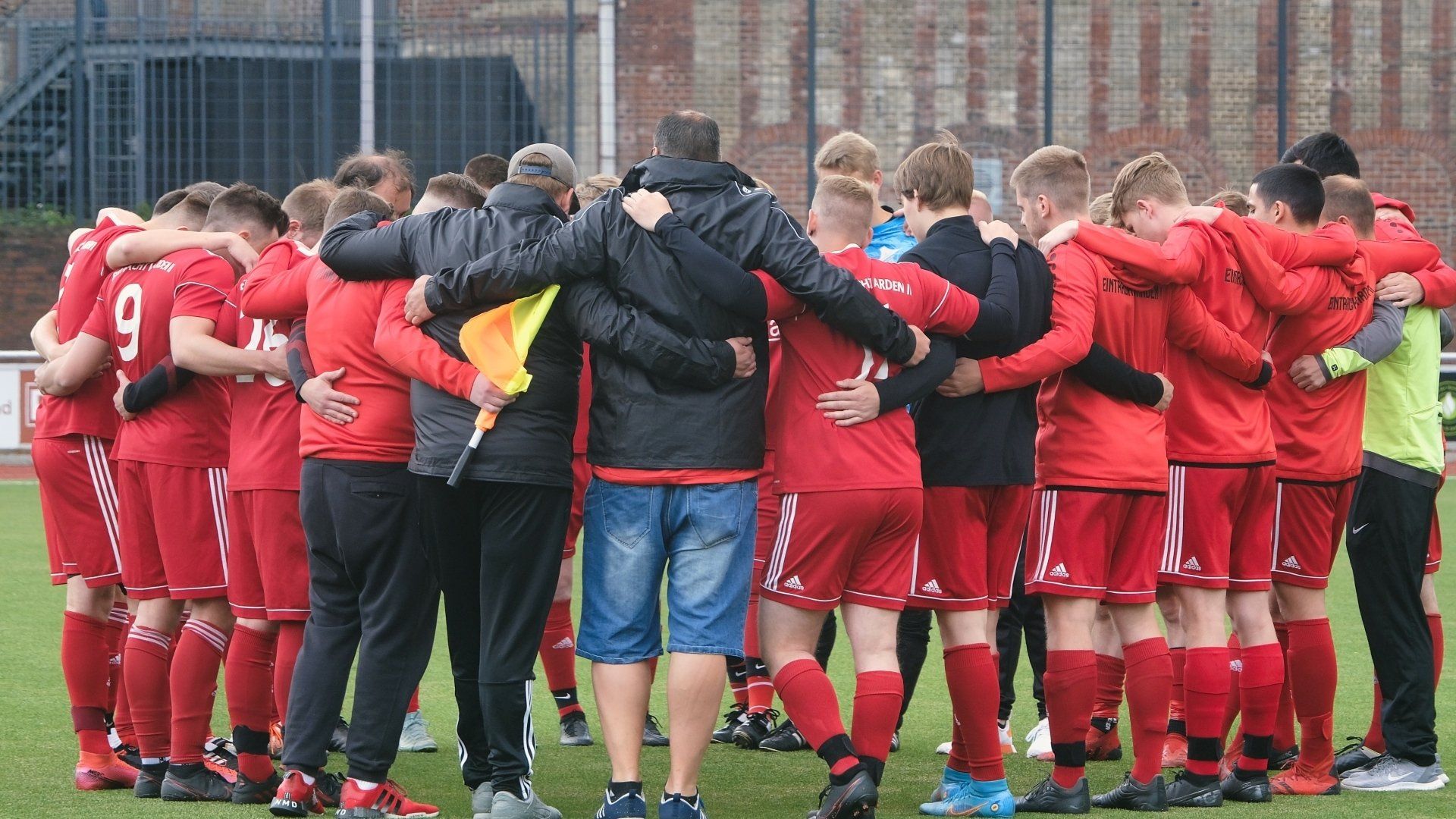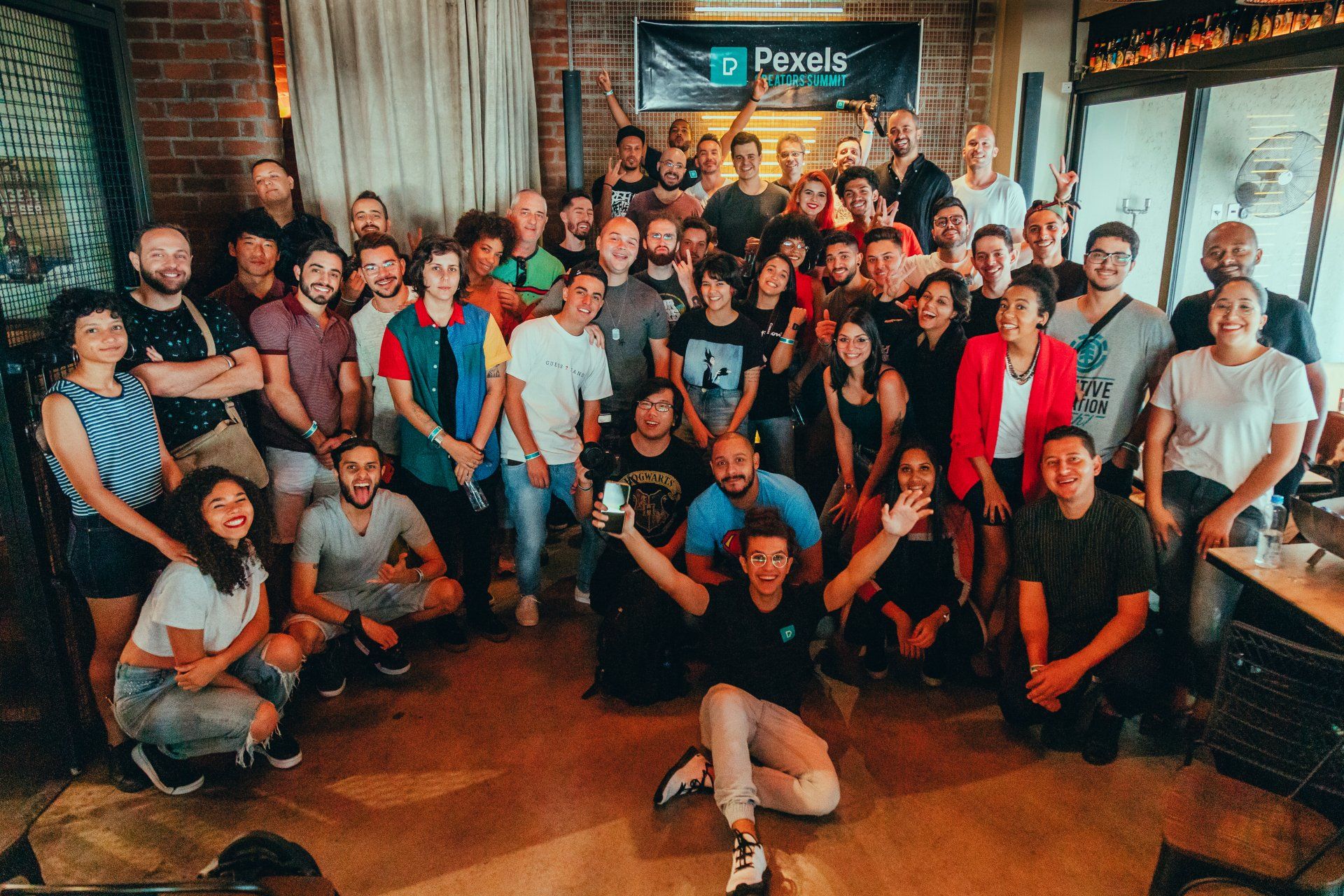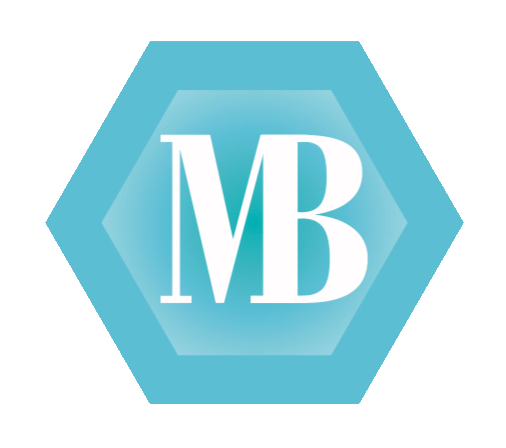BLOG
5 Ways to Impact Culture and Ensure Your Employees are the Heart of Your Organization
How do we keep and align our culture after the isolation of the pandemic? Do you have a game plan to enhance your corporate culture? Are your employees sharing their needs or challenges with their leaders? Many organizations are asking, how do we foster a collaborative culture when employees aren’t in the same place? Do we have the most effective tools and strategy to make teamwork happen that mirrors our culture? Are we doing enough to retain our employees?
Change is needed to stay afloat in a world where technology, customer and worker expectations are changing rapidly. Building or maintaining a strong Corporate Culture is part of our New Reality! There are many challenges facing us in our new reality such as employee retention, burnout, dysfunctional teams, diversity, and lack of motivation. One key challenge is how our employees feel about their work and organization. As Gallop’s Director of Research and Strategy Ben Wigert shares, “When people feel inspired, motivated, and supported in their work, they do more work- and that work is significantly less stressful on their overall health and wellbeing.”
Having a Game Plan to support your employees starts with culture. We believe that culture is how your team behaves, treats others, handles work, and what happens within your organization when no one is looking. It’s important to recognize – that this impacts your customers too! Knowing this, it’s more important than ever to ensure your organization have a culture plan. We urge leaders to use the THRIVE Model as our guide to champion a strong workplace culture. When leaders do this intentionally, they drive innovation, creativity, and growth. Working together to enhance your culture helps you achieve measurable results aligned with organizational goals. How? Because your goals are influenced and carried out by your people. When your people are supported and nurtured about, they THRIVE!
The following are 5 ways your organization can face the challenges of our New Reality through a strong workplace Culture…
#1 Quality Goal Alignment
Goals are typically established with a combination of top-down information from senior leaders as well as bottom-up input from employees. With structure from the THRIVE Model, you can begin discussing goals to ensure alignment within your organization’s culture. Each goal can then be reviewed and adjusted at each level to ensure they are achievable and relevant to employees who will be performing these goals.
Employees feel like an important part of the organization when they are involved in goal related discussions which are aligned with the organization’s strategic priorities and culture. This critical step in a key communication element, outlining what is expected, what is aligned, and providing employees the opportunity to be successful.
#2 Periodic Effective Feedback & Communication
It is important to revisit goals on a regular basis to stay aligned on expectations throughout the year. Keep these communication lines open. Whether initiated by the leader or employee, feedback sessions must be had in order to discuss the individual’s performance and goals. Strong leaders also foster discussions that also include career discussions, professional development opportunities for skill-building, and growth within your organization for retention of your talent.
Our New Reality requires continuous open communication in order to keep our teammates in the know and connected to the organization. A strong culture includes an environment where employees feel listened to, and their feedback is taken seriously – with appropriate adjustments when changes need to be made.
#3 The THRIVE Model©
We desire that leaders and teams to develop insights, concepts, and behaviors with a commitment to a strong culture as a foundation in our New Reality. The THRIVE Model©is the game plan that you need to make that happen. When we put our collective decisions, tools, and insights into action, and feel good about the alignment based on our culture – then our people can truly THRIVE.
When challenges arise, your organization will be ready to deal with any number of situations based on your efforts to build a strong culture. Strong leaders foster a strong culture. They need a plan – give them that structure so they can move forward in a successful way.
#4 Gamify with Cards for Culture©
Cards for Culture© helps leadership teams determine their Keys to Success, Defining Behaviors and then addresses how to Bring it to Life – all through an interactive game. Leaders are thrilled at the clarity it brings in a very short time. On one hand it’s teambuilding. On another it’s alignment. But it’s definitely a clear focus that most organizations have forgotten related to their culture. Whether playing self-guided amongst your team or adding a facilitator, you cannot go wrong.
Our clients are raving about the immediate impact that this tool has on their organization. “We’ve accomplished more in 2 hours with Melanie’s game than we have in 10 years!” – Peter Schulteis, CEO Global Underwriters
#5 Get Certified as a Culture Champion
Take your culture knowledge to the next level. We have developed a certification for leaders who know culture is a priority, but aren’t sure how to move the dial forward in a meaningful and measurable way. Through learning sessions, adding to your toolbox, understanding the intricacies of the THRIVE Model, obtaining your own copy of the Cards for Culture game and understanding how to use it for team facilitation, and through additional Culture Conversations, Roundtable Events, and a Culture Community of support – we hope you will join us!
Don’t be the leader who is known for trusting your gut and hoping for the best. Hope is not a strategy. Join us to get certified as a Culture Champion for your organization. MB Solutions is here to work together with you as we focus on the Heart of our organizations — supporting our people to THRIVE!




